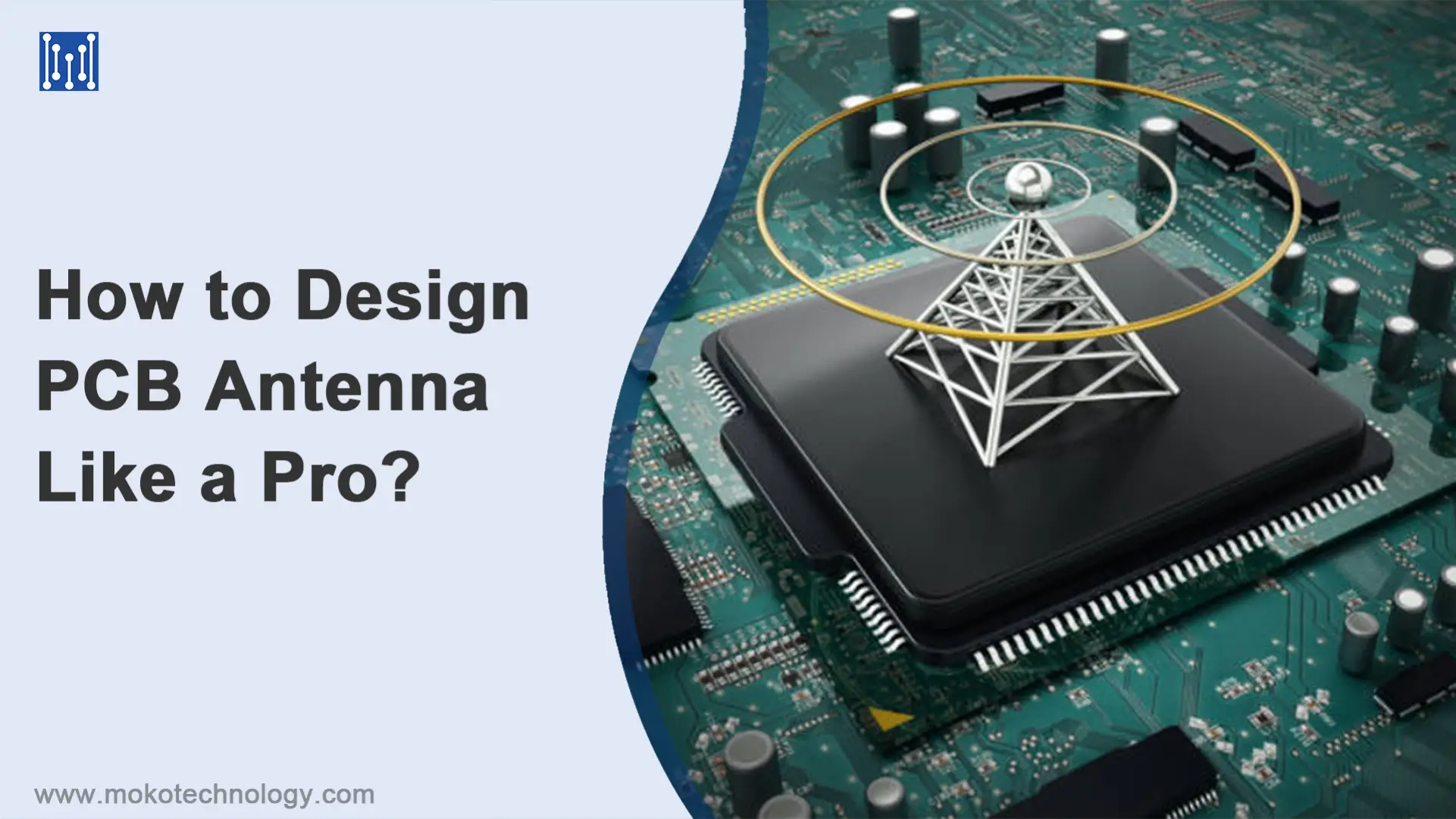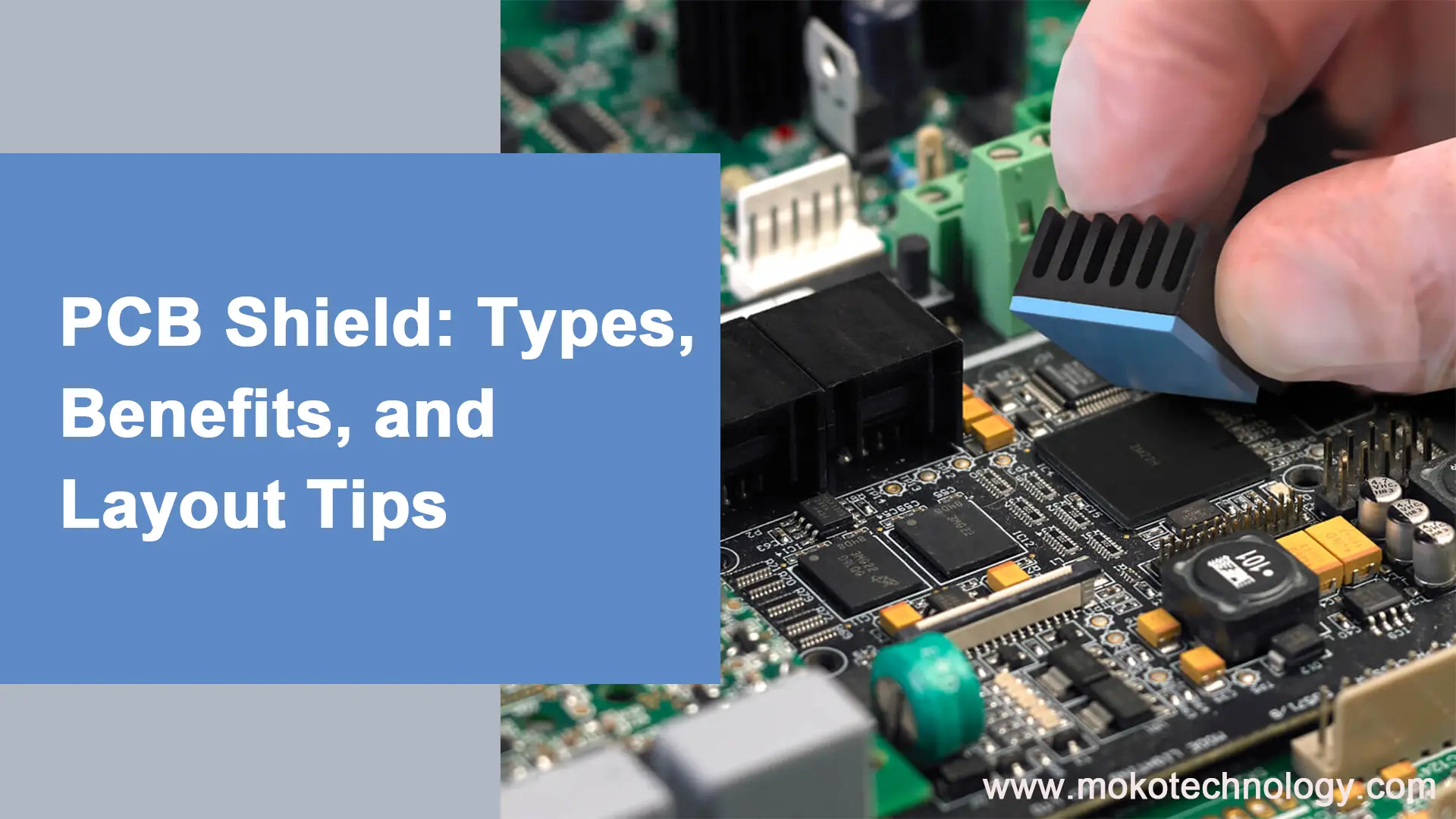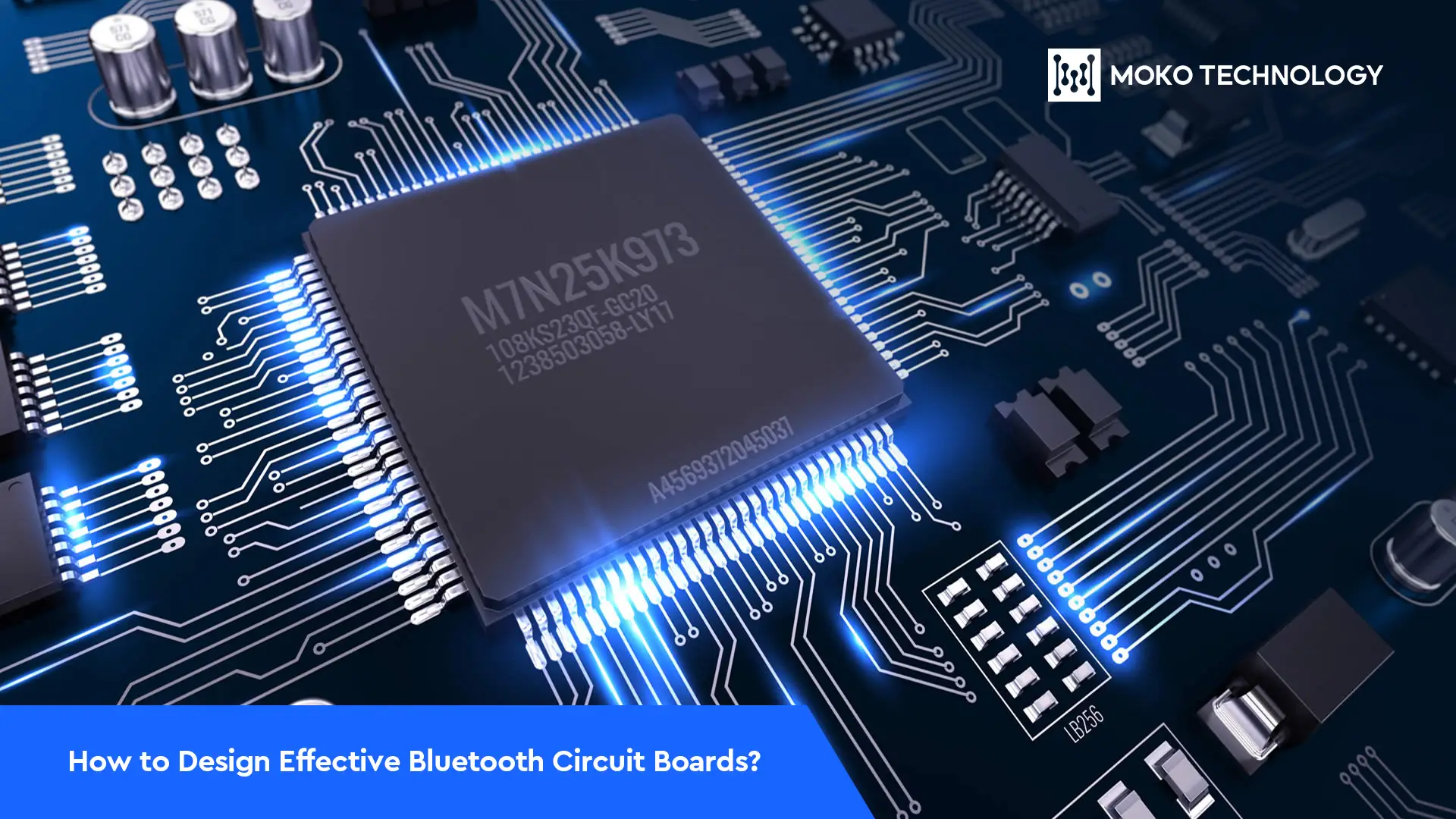There are three factors when your traces start to become an issue: voltage drop, heat dissipation, and creepage and clearance.
- Voltage drop is the most common concern. For this, you need to look at your trace length as well as cross-sectional area. If your traces are short, then you can get away with a small cross-sectional area. You need to look at the lowest possible voltage of your voltage source. And then subtract off the current drop IxR from that trace to make sure all the affected components work at the dropped voltage.
- The next one is heat dissipation. You can’t burn your board or melt the trace. That’s I^2 x R. There are easy-to-find standards for maximum dissipation for copper on FR-4. Good layout packages will actually calculate this for you automatically, since you’d otherwise have to measure all your trace lengths.
- Why are you still seeing a high current? May well be because you have a high voltage. If that’s the case, you need to worry about creepage and clearance. Please leave extra space between traces to avoid arcing or depositing copper in the board area around your trace until you get a short (creepage). There are lots of standards for this when you search for knowledge online. There is no risk of 5V of circuits, as long as you aren’t doing anything that boosts to a high voltage.
Read More: The Challenge and Solution of PCB Heatsink
#PCB Design



